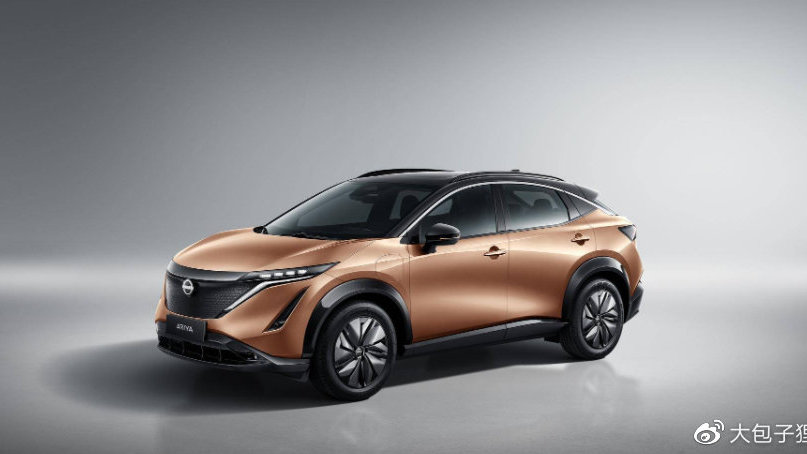Traditional advantages in space fall far behind

In terms of space, Nissan ARIYA is almost entirely defeated compared to the other two competitors. Whether it’s in length, width, height, and wheelbase or even axis length ratio, it is lower than the other two competitors. Moreover, this car has not demonstrated the traditional Japanese car’s advantage of having ample space utilization. It falls far behind the other two competitors in terms of wheelbase, which is a huge regret since comfort has always been a traditional advantage of Japanese electric cars.
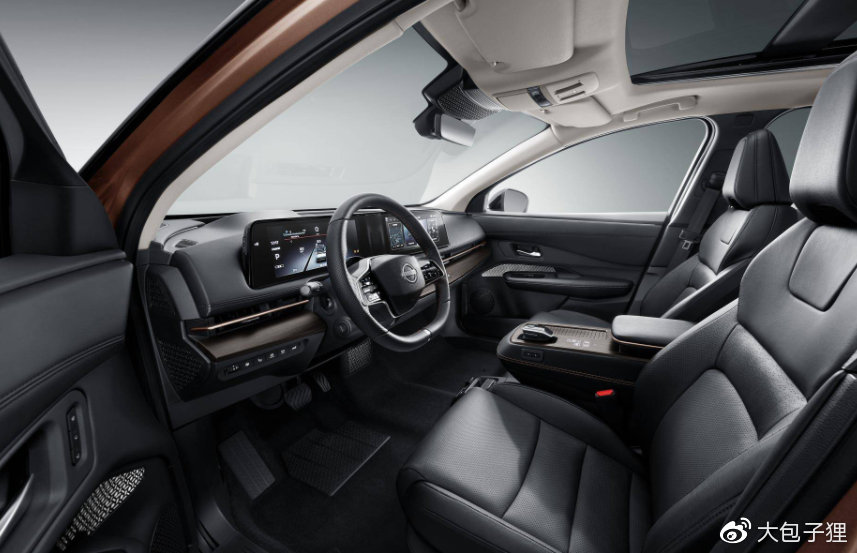
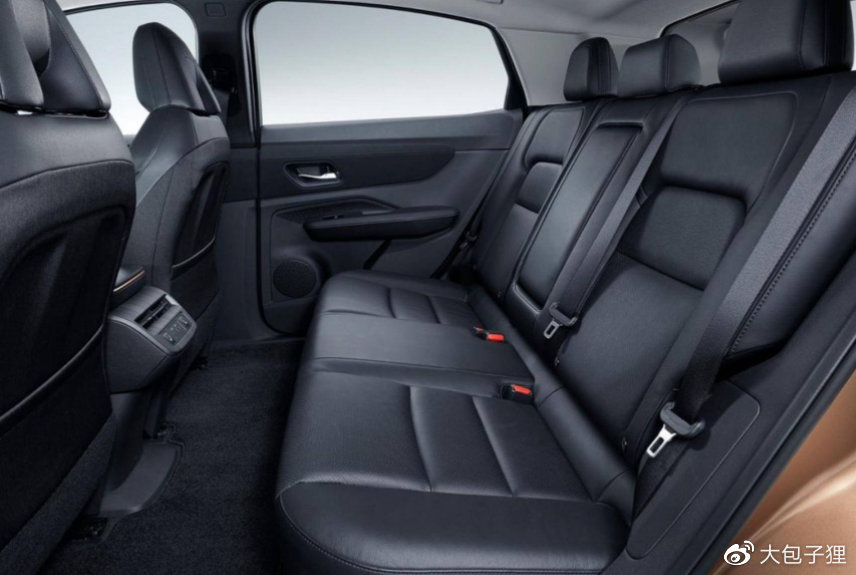
Even in the front row, ARIYA innovatively uses a through-floor platform in the same class of cars to enhance the spatial sense. In fact, this design can be seen in some A00-level small cars, such as the famous Wuling mini EV. However, this design leads to a problem in practical use, which sacrifices part of the space for the center console. Sometimes passengers may have difficulty placing small objects on the floor because the objects can easily roll over to the driver’s side and interfere with the accelerator and brakes, which can be extremely dangerous. Therefore, this consideration limits the use of space more than anything else.
Powertrain and battery module are not superior
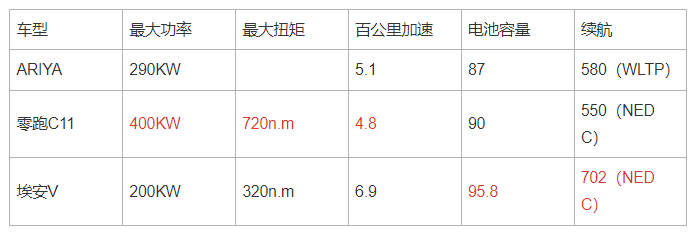
In terms of power, Nissan ARIYA has not shown any advantages whatsoever. Compared to the four-wheel-drive model, the LI C11, it is inferior in power, torque, and acceleration. Even compared to a single-motor player like the Aiways V, it does not have a significant advantage in terms of power. Its acceleration is about 2 seconds slower for every 100 km. Overall, ARIYA has positioned its powertrain system as a middle-of-the-road design.
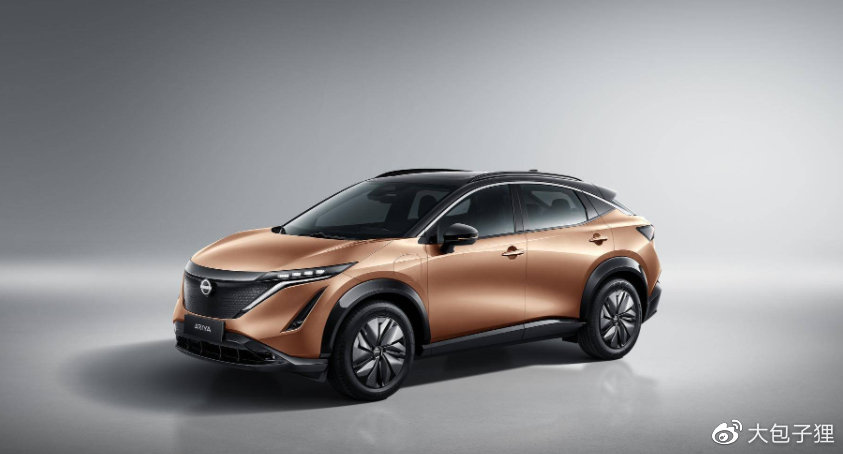 In terms of range, the Nissan ARIYA has the smallest battery capacity among the three models. However, thanks to its energy consumption advantage, its range is almost comparable to that of the E-HS9’s extended-range version, which has the largest battery among the three cars at 95.8 kWh and the longest range due to E-HS9’s emphasis on comfort and family-oriented orientation. Users familiar with electric vehicles know that large batteries are undoubtedly the strongest guarantee for range reliability. Therefore, the reliability of the range of the C11 and the E-HS9 may exceed that of the ARIYA.
In terms of range, the Nissan ARIYA has the smallest battery capacity among the three models. However, thanks to its energy consumption advantage, its range is almost comparable to that of the E-HS9’s extended-range version, which has the largest battery among the three cars at 95.8 kWh and the longest range due to E-HS9’s emphasis on comfort and family-oriented orientation. Users familiar with electric vehicles know that large batteries are undoubtedly the strongest guarantee for range reliability. Therefore, the reliability of the range of the C11 and the E-HS9 may exceed that of the ARIYA.
Equally Matched on Chassis

It can be said that the chassis of the three cars are tuned towards comfort, with Nissan possibly having more tuning experience and better benchmarking in details, but overall, there is not a significant difference in the consumer experience of the three cars.
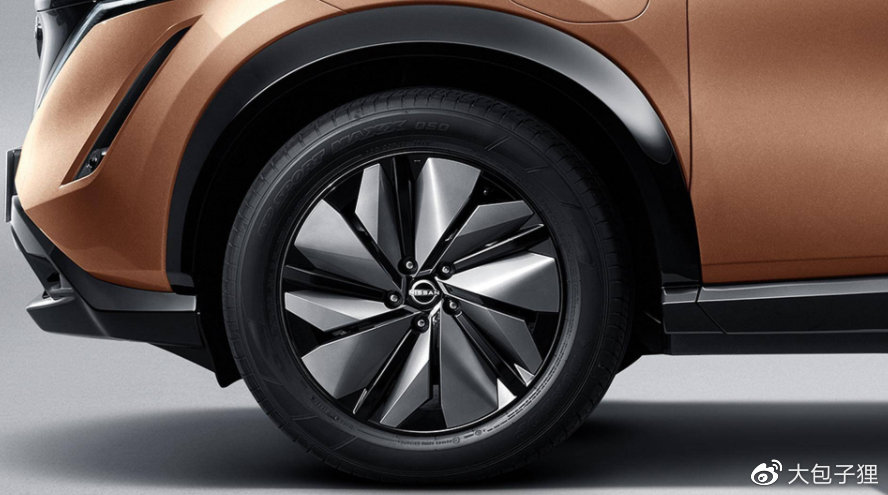
Although the hardware of the Zeekr C11 is more impressive, such as the double-wishbone suspension and other hardware, in the actual experience, I personally feel that it is more about pursuing comfort. Therefore, there may not be more advantages.
Total Defeat in Comfort Configurations
In terms of comfort configurations, I feel too lazy to even make a table. The configuration of Japanese brands is basically a disaster zone for comfort, not just for Nissan, but for other Japanese brother brands as well. Comfort configurations are generally present in the higher-end models, and even steering wheel heating, seat ventilation and heating, power seats, etc. are offered as options. The Zeekr C11 is fully equipped across the board, and the E-HS9 also has more comfort configurations for most of its models.
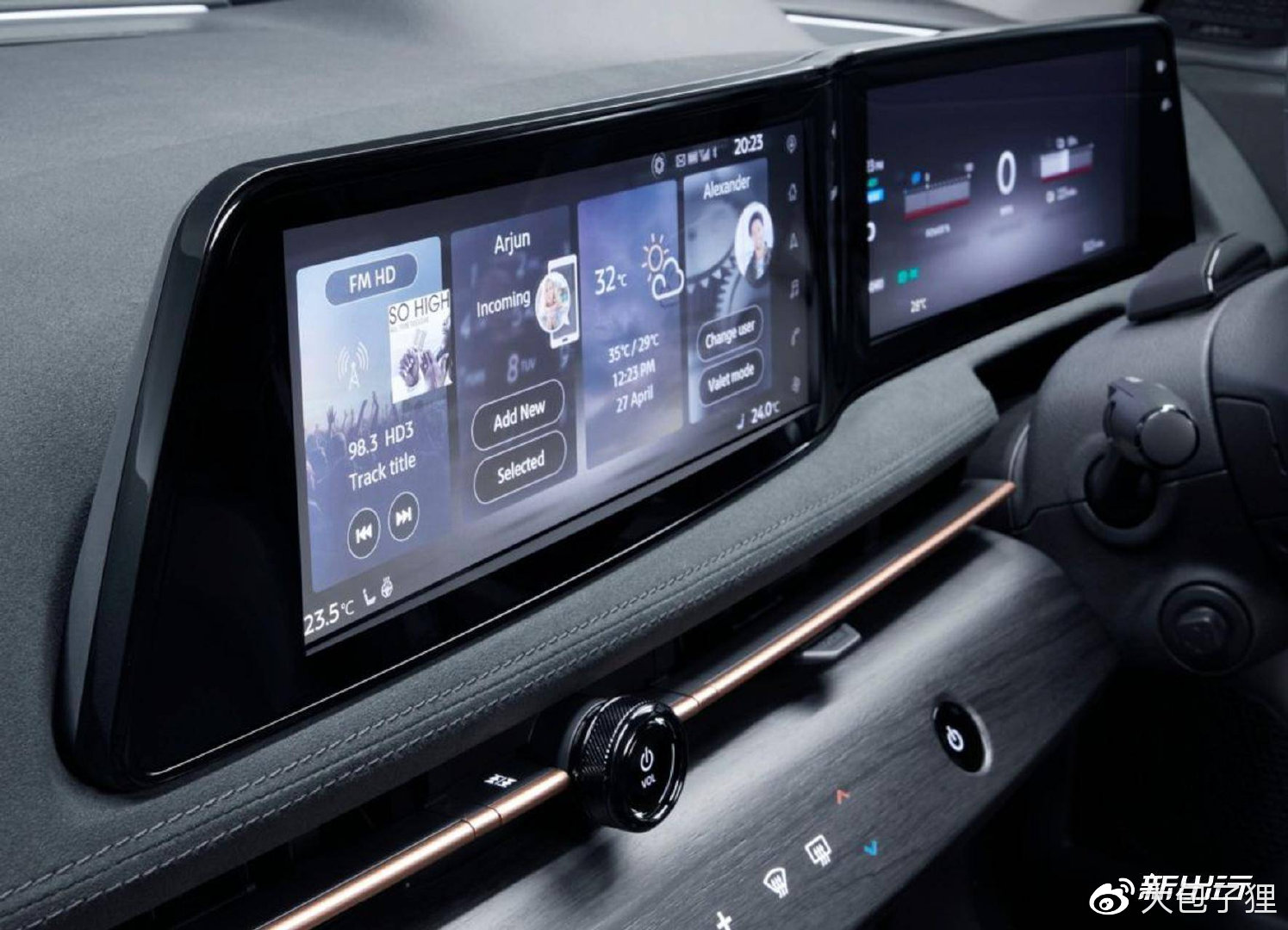
Considering that the specific price list and configuration table for the Nissan ARIYA has not yet been released, I still adhere to this viewpoint personally. Japanese brands will not change their strategy in terms of comfort configurations due to electrification. Therefore, Nissan will undoubtedly be defeated in terms of comfort configurations.
Assistive Driving is Still in Pre-production
 In terms of advanced driver assistance, Nissan ARIYA demonstrated its leading Emergency Evasion System (AES) functionality, which is still under testing and does not currently have expectations or commitments for mass production. Nissan also announced hands-free Cruise Assistance functionality, but actually implementing this feature locally may prove challenging due to significant regulatory differences between Japan and China.
In terms of advanced driver assistance, Nissan ARIYA demonstrated its leading Emergency Evasion System (AES) functionality, which is still under testing and does not currently have expectations or commitments for mass production. Nissan also announced hands-free Cruise Assistance functionality, but actually implementing this feature locally may prove challenging due to significant regulatory differences between Japan and China.
In contrast to Nissan, the integrated driver assistance capabilities of the ORA Cat C11 are already largely released, and its advanced NOA ability will be released later, with hardware standard across the range and most software features available for free. Thus, personally, I believe that ORA has a greater advantage in terms of driving assistance capabilities because mass production is the biggest difficulty for driving assistance.
Price
ARIYA 25 (expected)
ORA Cat C11 Performance Edition 23
Aiways V 24
With a price difference of around ten thousand yuan among the three models, although none of the four configurations are superior, I believe that Nissan’s pricing will not lag behind, especially considering that it has the halo of being a joint venture. However, the actual sales volume remains to be seen, as can be seen from the sales of BBA’s pure electric vehicles.
So what do you think of Japanese electric cars? Let’s discuss in the comments below.
This article is a translation by ChatGPT of a Chinese report from 42HOW. If you have any questions about it, please email bd@42how.com.
